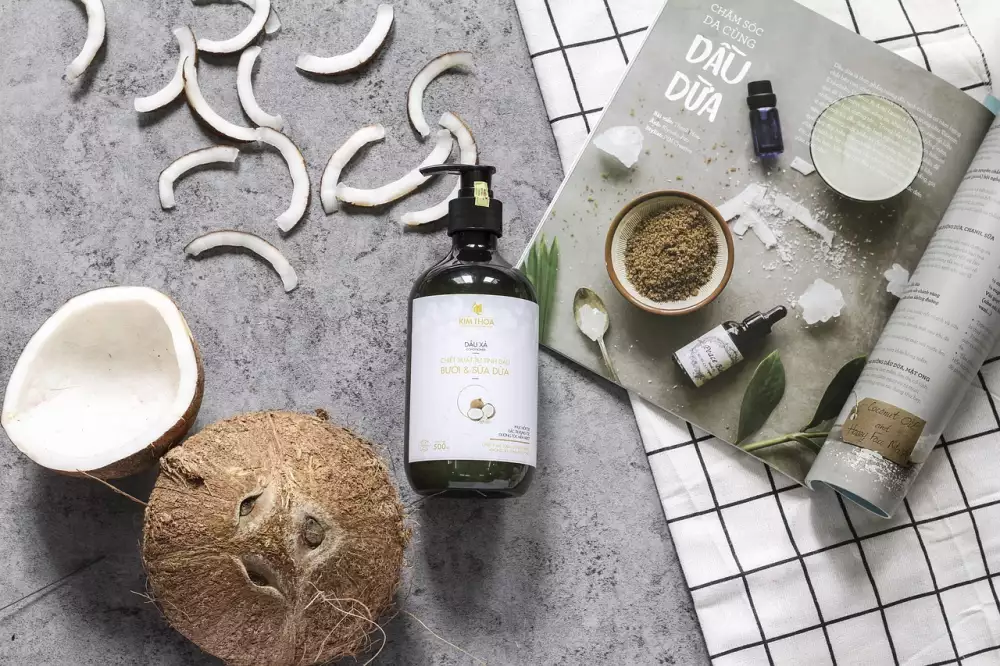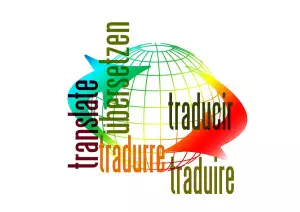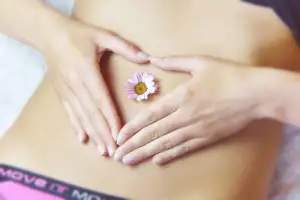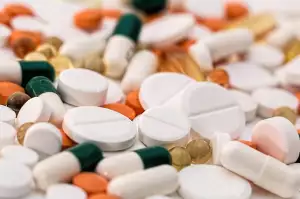Effective tips and tricks to get rid of lice and get back healthy hair

Lice is an unpleasant and frequently occurring problem, especially in children. Not only does it cause lice and skin irritation, but they can also be difficult to get rid of. However, there are several effective ways to overcome this problem and get back healthy and clear skin. In this article, you'll find tips and advice on removing head lice to help you enjoy your daily life again without the uncomfortable itching and feeling of dirt.
What lice are and how they are transmitted
Lice are small parasitic insect organisms that feed on blood from the human body. These unwelcome guests can appear in anyone, but are most commonly found in children between the ages of 3 and 11. Head lice can be found mainly on hair coverings, but they can also attach to clothing, bedding and other textiles.
Transmission of head lice is very easy and common. They are passed person to person through contact with an infected person or through sharing personal items such as hats, combs or towels. It is important to follow hygiene rules and to have conversations about this topic with children in the household.
There are several ways to get rid of head lice and prevent them from spreading further. Some of the most common include using special pediculicidal shampoos and conditioners for the hair, washing clothes and bedding at higher temperatures, or physically removing lice with a lice removal comb.
It is important to be consistent and careful when removing head lice to prevent their recurrence and the spread of infection.
Symptoms of head lice
Symptoms of head lice are unpleasant and often include an itchy head, redness of the skin on the neck and ears, visible small eggs (nits) attached to the hair and the lice themselves. These small pests can easily be transmitted from one person to another through personal items such as combs, curling irons or hats. If you suspect you might have head lice, it is important to act immediately and use appropriate methods to remove the parasites.
Diagnosis and recognition of head lice
Diagnosing and recognising head lice can be a difficult task for many people. Head lice are small parasites that feed on human blood. They can occur in anyone, regardless of age or hygiene. Typical symptoms of an infestation are an itchy head and visible eggs and insects on the hair. The best way to diagnose a head lice infection is to carefully inspect the head with a special lice comb and check each strand of hair. If the infection is confirmed, there are many treatment methods that can be used to eliminate this unpleasant situation.
Lice Prevention
Lice prevention is a key factor if you want to prevent lice infection. Head lice are spread from person to person through close contact or by sharing personal items such as combs, hats and towels. To prevent head lice infection, basic hygiene precautions should be followed such as washing and combing hair regularly, using personal hygiene equipment and washing clothes and bedding on high heat. It is also important to teach children good head hygiene and to inform them of the risks associated with using shared objects with other people. Regular head checks are also a recommended prevention against the spread of head lice. If you suspect an infection in everyone, start taking precautions immediately and seek medical attention for effective treatment.
Home treatment methods
Home treatment methods are the first choice for many people when fighting all. There are several effective and proven methods that can be easily applied right at home. For example, hot oil or vinegar water are known remedies to kill and remove head lice from the head. Another option is to use tea tree or eucalyptus essential oil, which has antibacterial and anti-inflammatory effects. Regular combing of the hair with a special lice comb is also important. All of these methods have their advantages and disadvantages, but the important thing is to find the right one for your needs and situation.
Pharmacy lice treatments
If you're dealing with all of them, finding an effective solution can be frustrating. But a range of products from the pharmacy can help you get rid of head lice quickly and effectively. In addition to lice shampoos, there are also sprays, creams and gels that help with nits in addition to removing the lice themselves. As some products can be irritating or allergenic, it's important to follow the instructions for use carefully and don't forget to maintain good environmental hygiene - wash your washing machine at 60°C, wash and dust your bed and pillows and, most importantly, take care with school bags or accessories such as combs or hats. But with the right remedies from the pharmacy, you'll probably soon be problem-free!
Environmental treatment
Environmental treatment is key to successful lice removal. It is important to disinfect any items that may have come into contact with the affected person, such as hats, combs or pillows. It is advisable to wash linen and bedding on a high temperature setting and also disinfect carpets and floors. Thoroughly cleaning the home will help prevent the further spread of head lice. It is also necessary to warn other people who may have come into contact with the affected person to undergo lice treatment.
What to do about lice treatment in schools and colleges
Lice treatment is often seen as an unnecessary nuisance, especially in schools and collectives. However, ignoring the problem can lead to the spread of infection to other children and staff. To minimise the spread of head lice in these locations, it is important to follow the following steps:
1. Inform parents of the presence of head lice in the school or collective and ask them to examine their children's hair.
2. All affected persons should be treated with special lice products.
2.3. The stay of sick persons should be minimized and regular checks should be carried out to identify new infections.
4. Clothing, bedding and towels of affected persons should be washed regularly at the highest possible temperatures.
These steps are key to controlling and preventing the spread of infection with everyone in schools and collectives. Remember, while this is not a pleasant topic, prompt action is necessary to minimize negative impacts on all parties involved.
How to avoid re-infection
If you've dealt with all of them once, you probably know how unpleasant and frustrating they can be. But what if they come back to haunt you? How can you avoid reinfection? Of course, it's important to follow the recommendations for lice removal, such as treating with a special shampoo and combing your hair carefully with a nit comb. In addition, you should also consider the following tips:
- Regularly wash your linens, towels, and bedding on high heat.
- Rely on preventative measures such as using head repellent or wearing braids.
- Prevent the spread to other people - be aware of the hygiene of your surroundings and inform people around you that you have head lice.
Following these tips will help minimize the risk of reinfection by everyone and allow you to get back to your daily life more quickly.
When to seek medical help
When trying to remove head lice, it is important to remember that they are parasites and can be transmitted from one person to another. If you notice that you have an itchy head, reddened skin or small brown spots, these may be symptoms of head lice. In this case, you should seek medical attention. The doctor will advise you on the most appropriate treatment procedures and how to remove the lice effectively. It is important to address the problem as soon as possible to prevent further spread of the infection to other people.
In conclusion, getting rid of head lice is not an easy task, but it is definitely worth investing time and effort in proper treatment. It is also important not to forget about prevention, which can help prevent the recurrence of head lice. Washing hair thoroughly, washing clothes and bedding, and controlling contact with an infected person are key elements of prevention. If, despite all precautions, lice do appear, do not despair and seek professional advice from a doctor or a vetted lice removal specialist.
Published: 12. 10. 2023
Category: health




